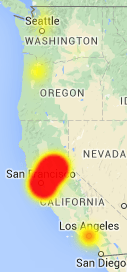
The best way Frontier Communications believes it can resolve service problems in Pennsylvania is to threaten those complaining with a cease and desist letter that accuses the complainant of misrepresenting Frontier’s excellent service.
Bradford County, Pa. officials learned this first hand when Commissioner Darryl Miller wrote to Frontier alerting them that service outages in northeastern Pennsylvania are becoming a public safety issue. The company responded with a letter warning the commissioner to end the criticism or else.
“We’re simply looking for answers,” Commissioner Miller told WNEP-TV’s investigations reporter Dave Bohman. Miller adds he thinks it’s heavy-handed to use the words, “cease and desist.”
Miller isn’t the only one looking for answers. WNEP interviewed Susan Moore, who lives alone in the rural community of Orwell. Her phone service went out of service at least once a week over the summer.
“I’ve got a lot of health issues,” she told the TV station. The implications of not having landline service became all too clear to Moore in August when she needed to send for an ambulance.
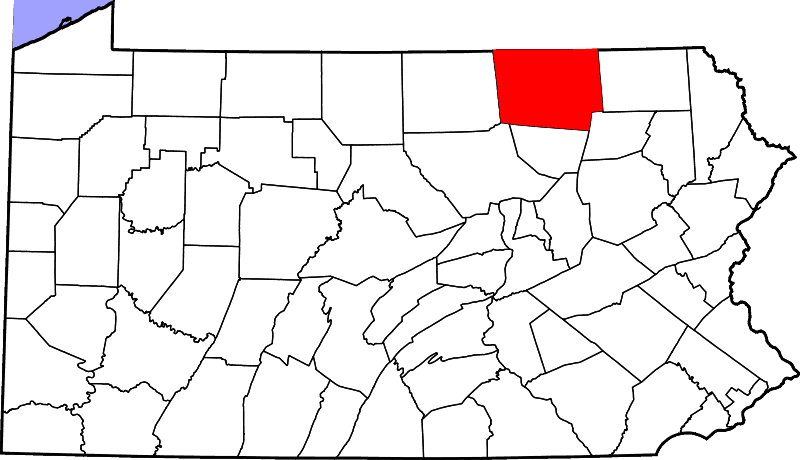
Bradford County, Pa.
Moore pressed her lifeline call alert button which relies on Frontier phone service to reach medical aid in case she falls and cannot get up or has a medical emergency. Nothing happened. Her phone service was out again.
“Without the phone service, my Life Alert doesn’t work,” Moore said. “That’s when I decided, as much pain as I was in, I got in a car and drove 20 miles to get to a hospital.”
Bradford County officials hear stories like Moore’s so often, they now eclipse complaints about potholes and taxes.
The problems affect both traditional landline dial tone service and DSL. If outages are not the subject of the complaint, slow and unresponsive Internet access usually is. Some customers were told Frontier oversold its DSL service in Bradford County and the company is waiting for federal broadband subsidies to improve service in the area.
Frontier Communications vice president Elena Kilpatrick said Frontier will spend part of a $2 million broadband improvement subsidy to deliver better service in Bradford County over the next six years. At the same time Frontier is tapping a ratepayer-funded subsidy to improve its existing service, the company is spending $10.5 billion of its own money to acquire Verizon landline infrastructure and customers in Florida, Texas, and California.
Despite the fact it will take up to six years to fully spend the subsidy, Kilpatrick claims the company has already upgraded phone and Internet service and fixed several problems reported by customers. She defended the company’s use of a threatening “cease and desist” letter sent to Commissioner Miller, claiming Frontier wanted the “misrepresentation of the facts” to stop.
Despite Kilpatrick’s claims, the complaints keep rolling in.
Randy, a Frontier customer in Bradford County reports he endures Frontier outages just about every Saturday since October, despite repeated service calls. Janise Groover wrote a Frontier technician tried to blame cobwebs for interfering with her Wi-Fi signals and poor DSL speeds — problems that are still unresolved — for which she pays Frontier $103 a month. Janice Bellinger complained her Frontier DSL connection drops “three or four times a day.” Customers in Monroe, Luzerne and Sullivan counties echoed Frontier service is dreadful in their areas as well.
Customers experiencing problems with their phone service in Pennsylvania can file an informal complaint with the state Public Utilities Commission and the FCC.
[flv]http://www.phillipdampier.com/video/WNEP Scranton Frontier Service Problems 11-16-15.mp4[/flv]
WNEP in Scranton reports Frontier’s solution to a county commissioner’s complaints about service was to send him a “cease and desist” letter. (3:16)


 Subscribe
Subscribe A Frontier Communications service outage in New York left more than 6,000 customers without Internet service for more than 24 hours, leaving businesses with no way to process credit card payments and idling home-based telecommuters.
A Frontier Communications service outage in New York left more than 6,000 customers without Internet service for more than 24 hours, leaving businesses with no way to process credit card payments and idling home-based telecommuters.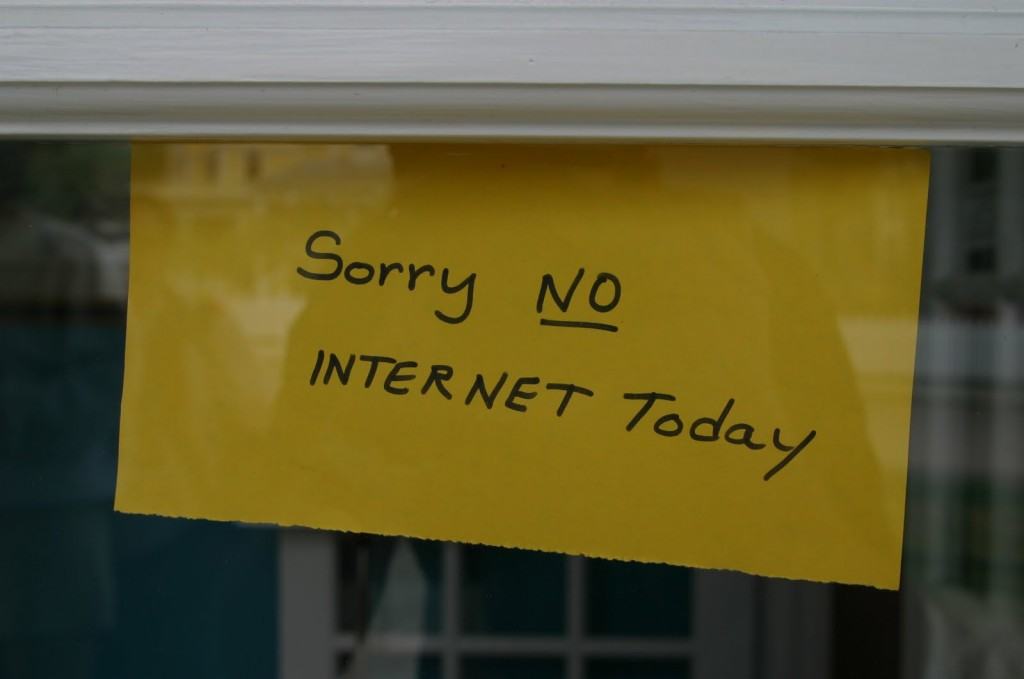 Manager Angel Perez told WROC there is every chance the damage done will last longer than the outage itself.
Manager Angel Perez told WROC there is every chance the damage done will last longer than the outage itself.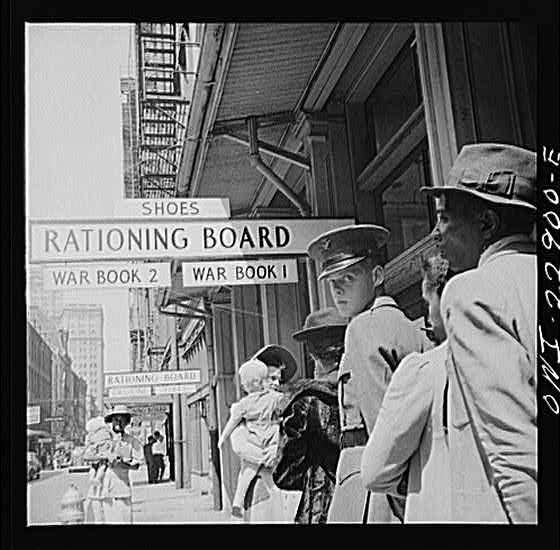




 Enter GAW, which stands for “Geniuses At Work.” Garza’s business depended on a steady stream of clients investing in his enormous mining operation. GAW Miners claimed it has 200,000 customers and $120 million in revenue in just six months. GAW also reportedly collected 28,000 Bitcoins worth over $10 million in just two months.
Enter GAW, which stands for “Geniuses At Work.” Garza’s business depended on a steady stream of clients investing in his enormous mining operation. GAW Miners claimed it has 200,000 customers and $120 million in revenue in just six months. GAW also reportedly collected 28,000 Bitcoins worth over $10 million in just two months.
 West coast Internet users, particularly those around San Francisco and Sacramento, experienced major disruptions to the Internet last evening into this morning, affecting everything from cable television and phone service to popular online destinations including Amazon.com (and websites hosted by its AWS data service), Tinder, and Netflix.
West coast Internet users, particularly those around San Francisco and Sacramento, experienced major disruptions to the Internet last evening into this morning, affecting everything from cable television and phone service to popular online destinations including Amazon.com (and websites hosted by its AWS data service), Tinder, and Netflix.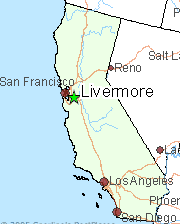 A broader issue yesterday evening also affected customers beyond northern California. Amazon.com and websites using its AWS platform suddenly stopped responding between 5:24pm-6:10pm PT last night. But that issue was later determined to be an unrelated “route leak” from Axcelx, a data center provider in Boston.
A broader issue yesterday evening also affected customers beyond northern California. Amazon.com and websites using its AWS platform suddenly stopped responding between 5:24pm-6:10pm PT last night. But that issue was later determined to be an unrelated “route leak” from Axcelx, a data center provider in Boston.